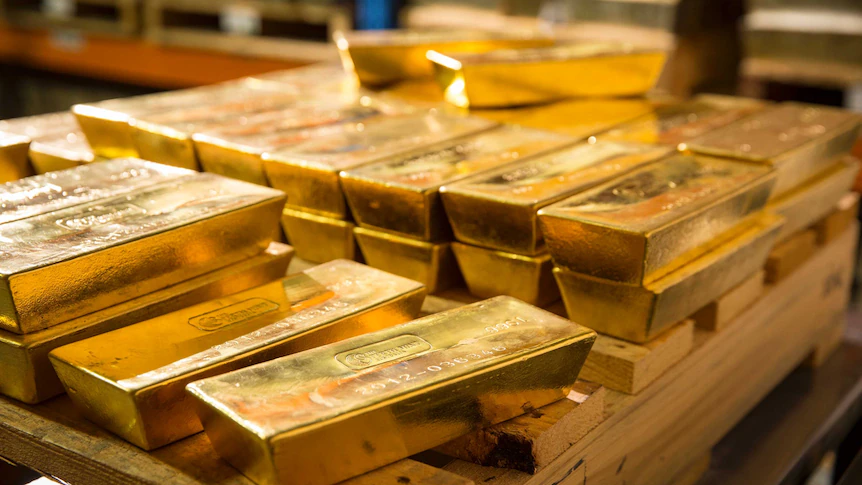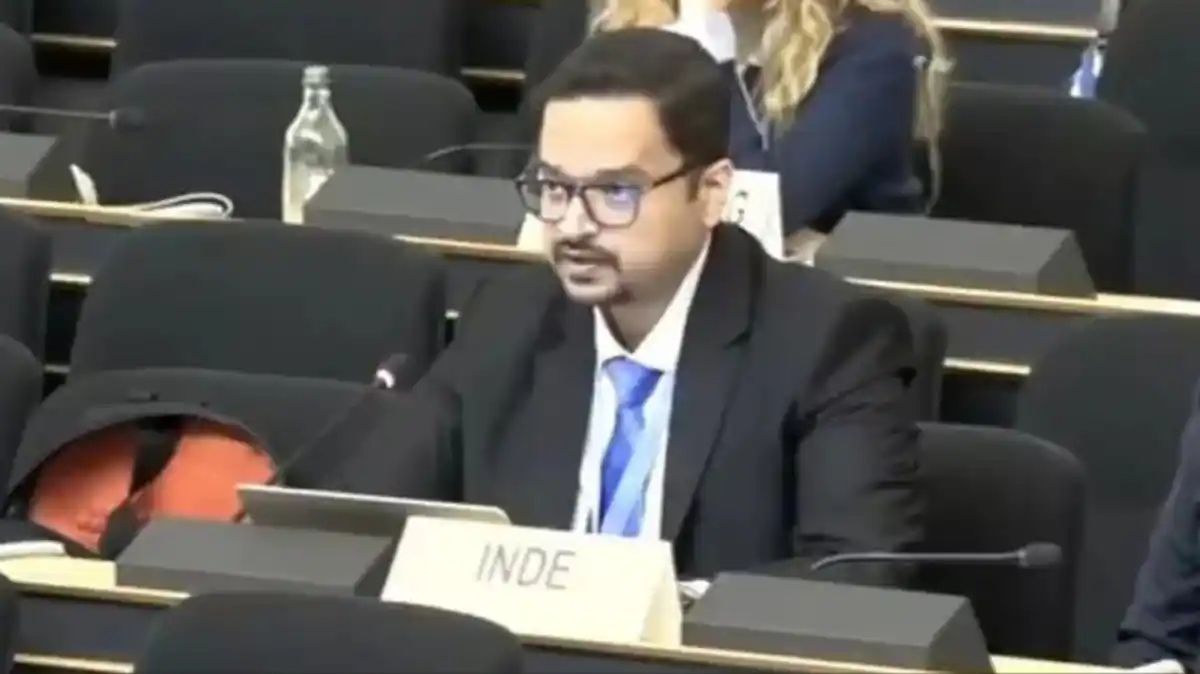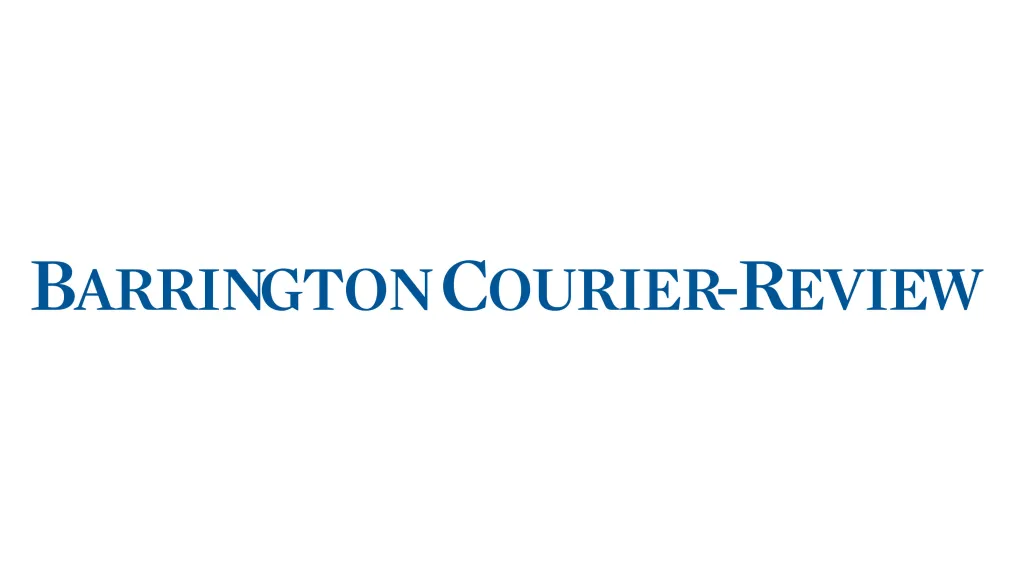By Georgia Hargreaves,Kimberley Putland
Copyright abc

Iron ore may be the dominant industry in Western Australia, but data shows there will be more new jobs created in the gold industry in the coming years.
A report from the Australian Resources & Energy Employer Association (AREEA) projects 9,000 new workers will be needed to support WA’s resources economy over the next five years, with the gold sector a stand-out.
Consulting group Surbiton Associates said Australia produced 300 tonnes of gold worth about $50 billion last financial year.
Gold increased in value by more than 50 per cent over the past 18 months, recently reaching $US3,764.
The appetite for new gold projects is strong, with 2,400 new jobs and 11 projects in the pipeline for WA, including the Hemi gold mine in the Pilbara.
It comes amid unconfirmed reports of China banning iron ore imports from BHP, placing iron ore in a delicate situation.
WA’s new golden goose?
University of Western Australia Business School Professor Allan Trench said there was interest in gold after its strong economic performance.
“The relative balance of power has moved towards gold, just given the massively greater interest and new investment in gold, given the high prices of the last one-to-two years, and particularly this year,” Dr Trench said.
He said while iron would remain WA’s stalwart export, gold could diversify the economy.
“You want to look at it using various metrics in terms of export revenues, royalty receipts to the government … iron ore would win on principally all the metrics,” Dr Trench said.
He said the ratio was about $10 billion paid in royalty receipts from iron ore compared to $1 billion in gold.
“With the gold price rising so rapidly, you might get from $1 billion to perhaps, hopefully, even closer to $2 billion, but it would take a big fall in the iron ore price to equilibrate their importance to the state coffers.”
Dr Trench remained optimistic about the surge in gold projects.
“I think we can have the cake and eat it,” he said.
“I don’t think iron ore is going away anytime soon and if there’s extra activity on the gold side of things, so much the better.”
AREEA industry director Tom Reid said fewer new iron ore projects were not necessarily a sign of a downturn.
“Iron ore has dropped down in terms of the number of projects — there’re only four in this year’s report — but that still will require about 1,200 workers,” he said.
Pilbara’s iron constitution
Linton Rumble, who has lived in Paraburdoo for 40 years, said iron ore towns were somewhat insulated from fluctuations in the industry.
“From my experience, the attitude is always to keep the [iron ore] trains rolling in and out of Paraburdoo,” he said.
“People in town, if there is a downturn and they’ve got a job here, they probably don’t even notice it a lot.”
Mr Rumble said he did not consider gold a viable alternative to iron ore for Paraburdoo.
“It’s not as simple as [replacing] iron ore,” he said.
“They’ve got other processes involved before they can get the gold to the market.”
Buzz in the Goldfields
Confidence in gold is strong in the heart of WA’s gold mining country, after an 800-bed worker camp was approved to support the expansion of Kalgoorlie’s Super Pit.
City of Kalgoorlie Boulder deputy mayor Kirsty Dellar said she was not surprised by the gold jobs forecast.
“There just seems to be so much development going on and major project expansions within the region, particularly in gold,” she said.
“It drives the education and training — we have the School of Mines here in Kalgoorlie — so I believe it provides confidence and drives a positive high through the entire region.”



